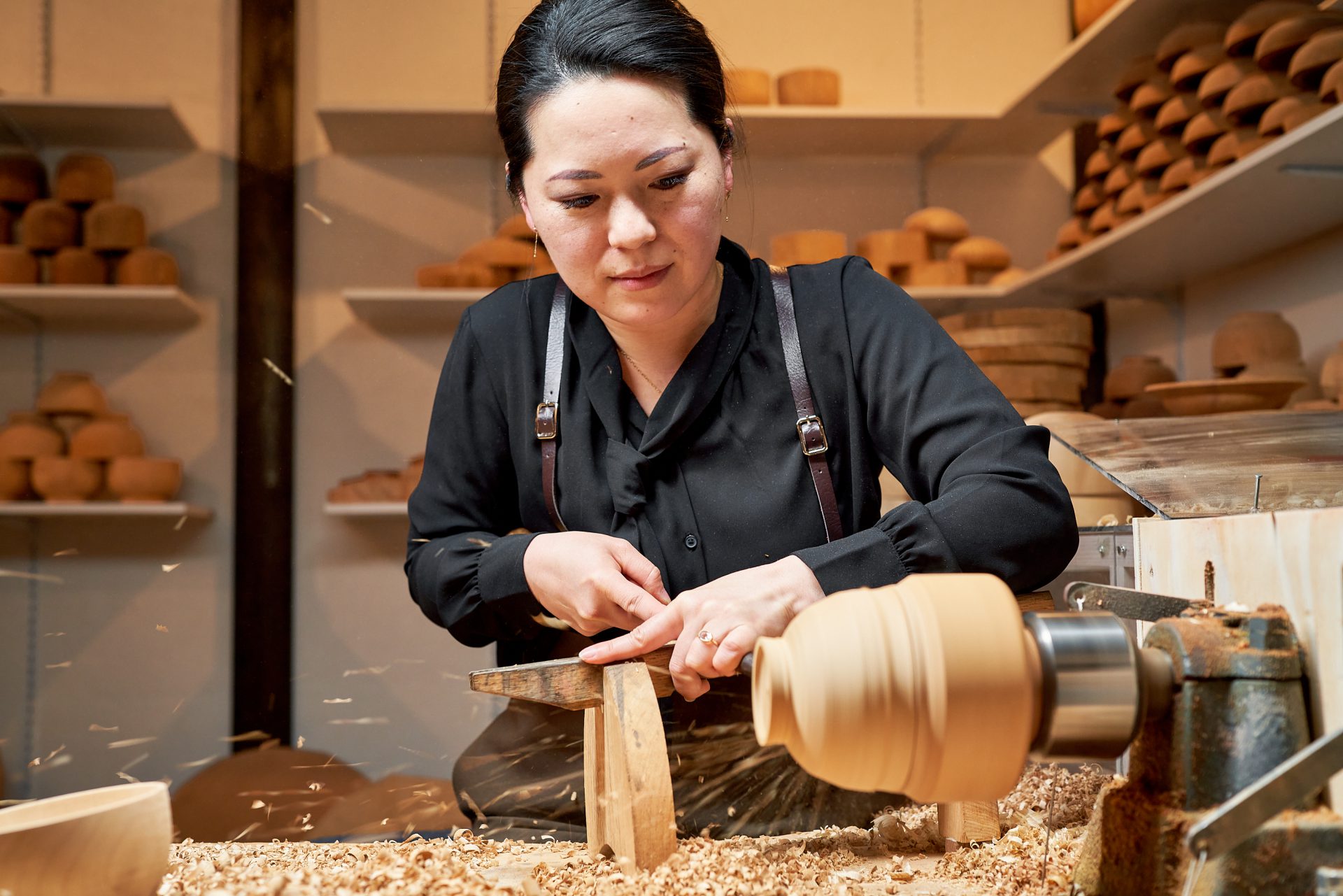Eiko Tanaka is a woodworker and lacquer artist. The first time we set eyes on her work, it was unlike any lacquerware we had seen before.
Her work is colored in bright red, black and gold with a unique gradation showing hints of the wood grain.
The pieces have a dignified shape and smooth lines that allow it to rest perfectly into the palm of a hand. One can’t help but feel the urge to stroke its surface.
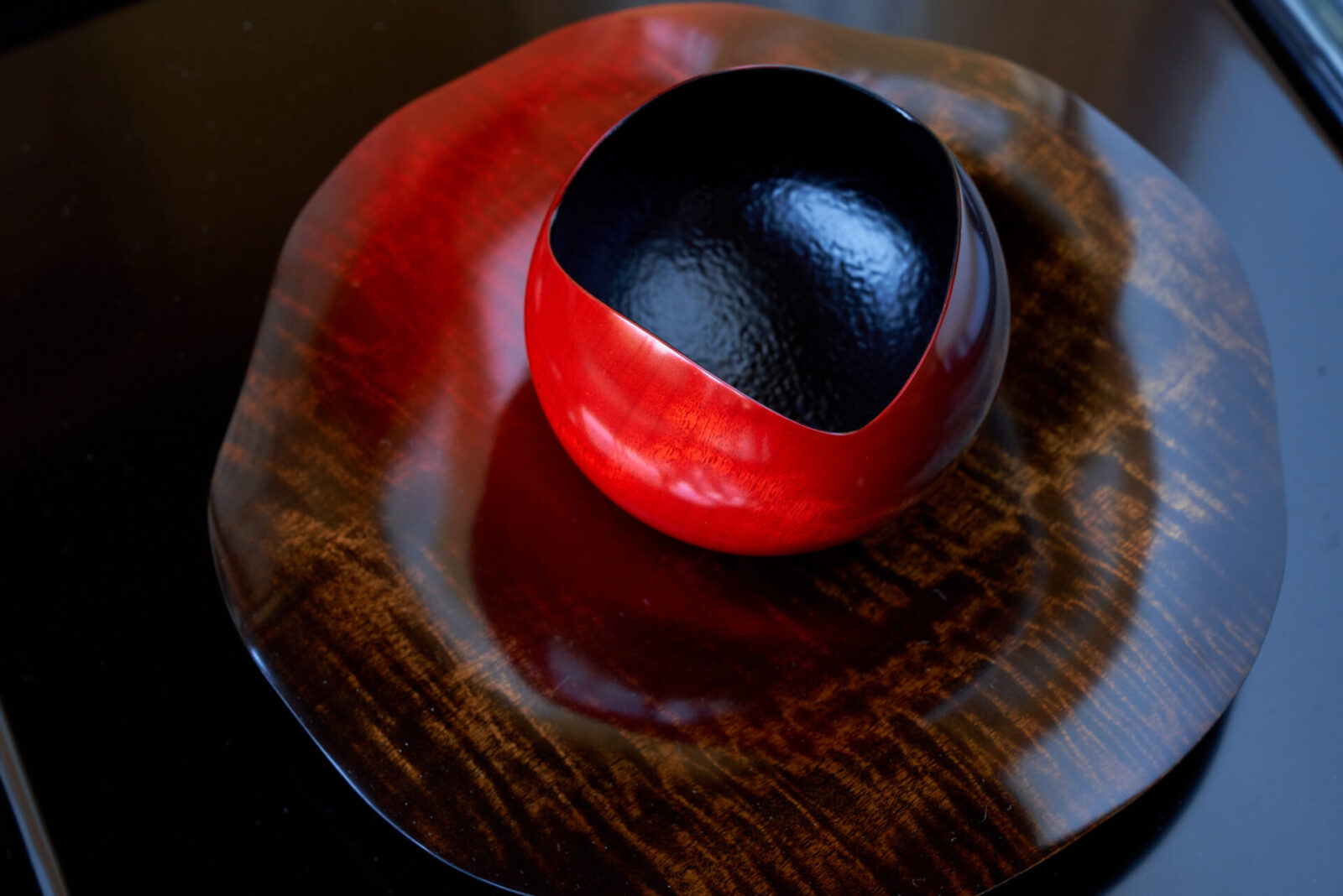
Tanaka creates pieces of unique shape and color. We were fascinated by her depth and sensitivity even more so than the design or technique, and traveled to Kaga in Ishikawa Prefecture to meet her.
Each curve a unique beauty
Ishikawa Prefecture has long been known as a center of traditional craftsmanship.
There are three regions in Ishikawa Prefecture known for lacquerware: Wajima, known for coating, Kanazawa, known for maki-e, or gold lacquer, and the Yamanaka hot springs area in Kaga, which is known for the “kijishi”, or craftsmen who carve wood using a wood lathe.
Eiko Tanaka works in Yamanaka and is one of the few female woodworkers in the region. Tanaka renovated a 100-year-old Japanese house to use as her workshop and gallery. When we visited Tanaka, her work was displayed throughout the house.
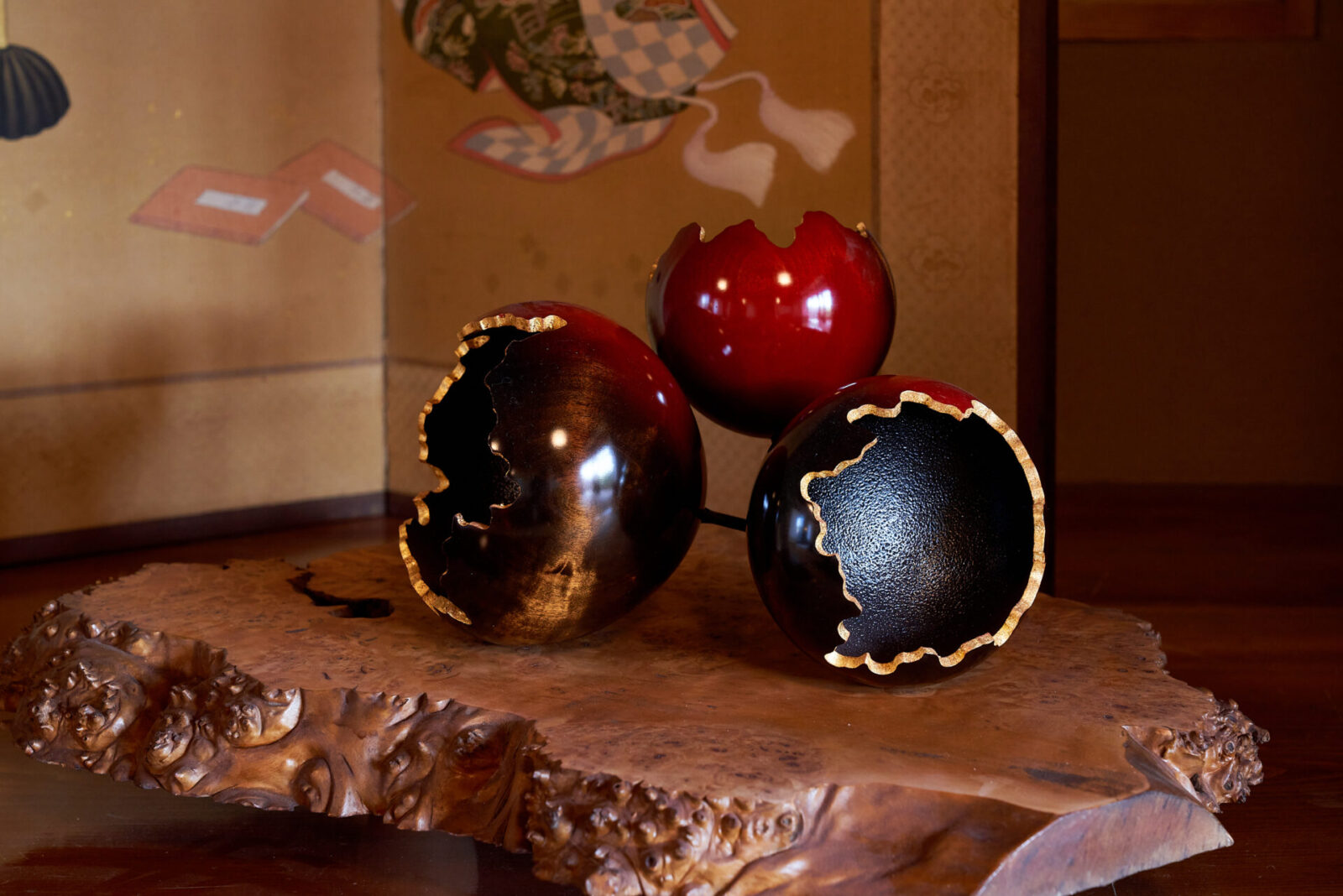
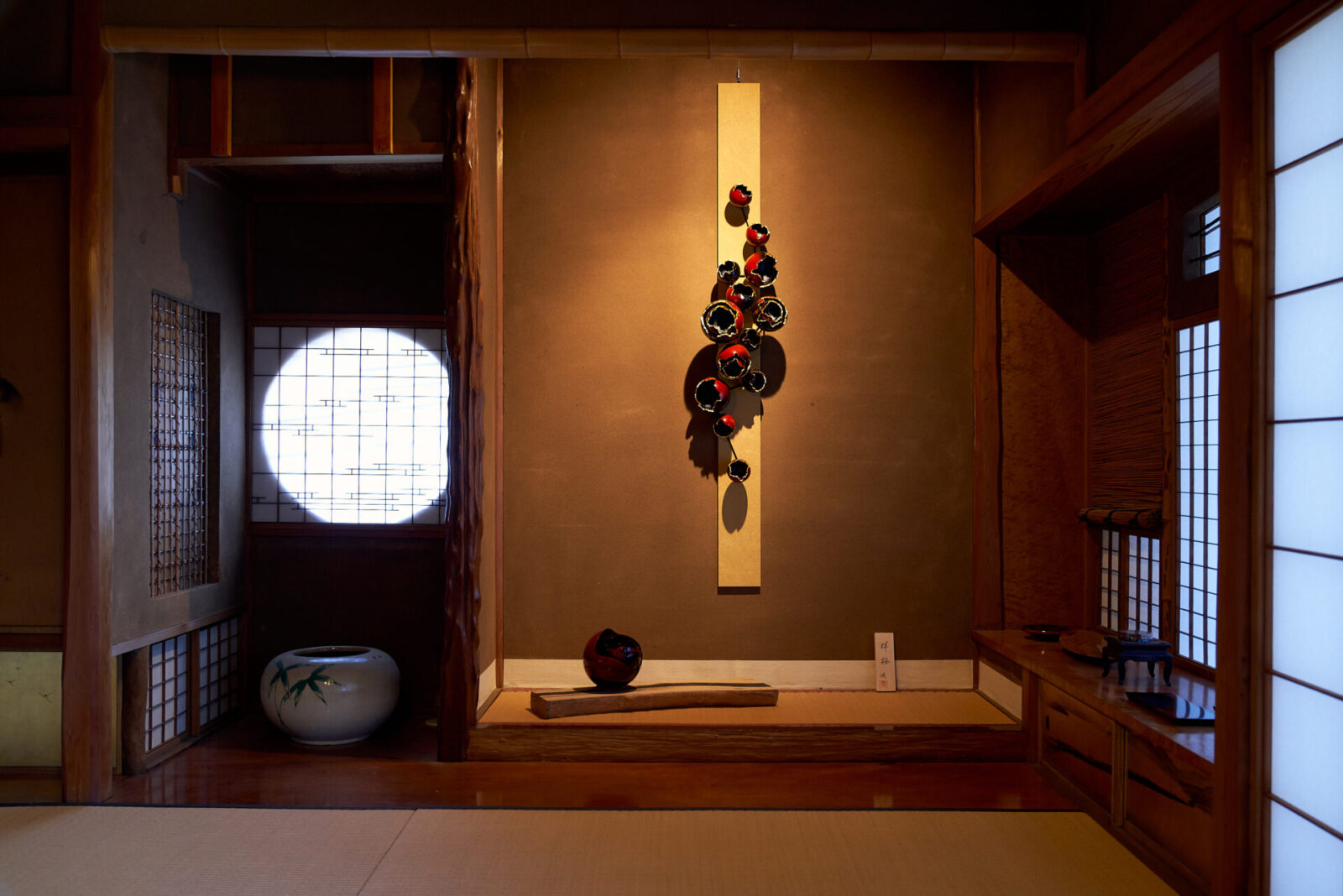
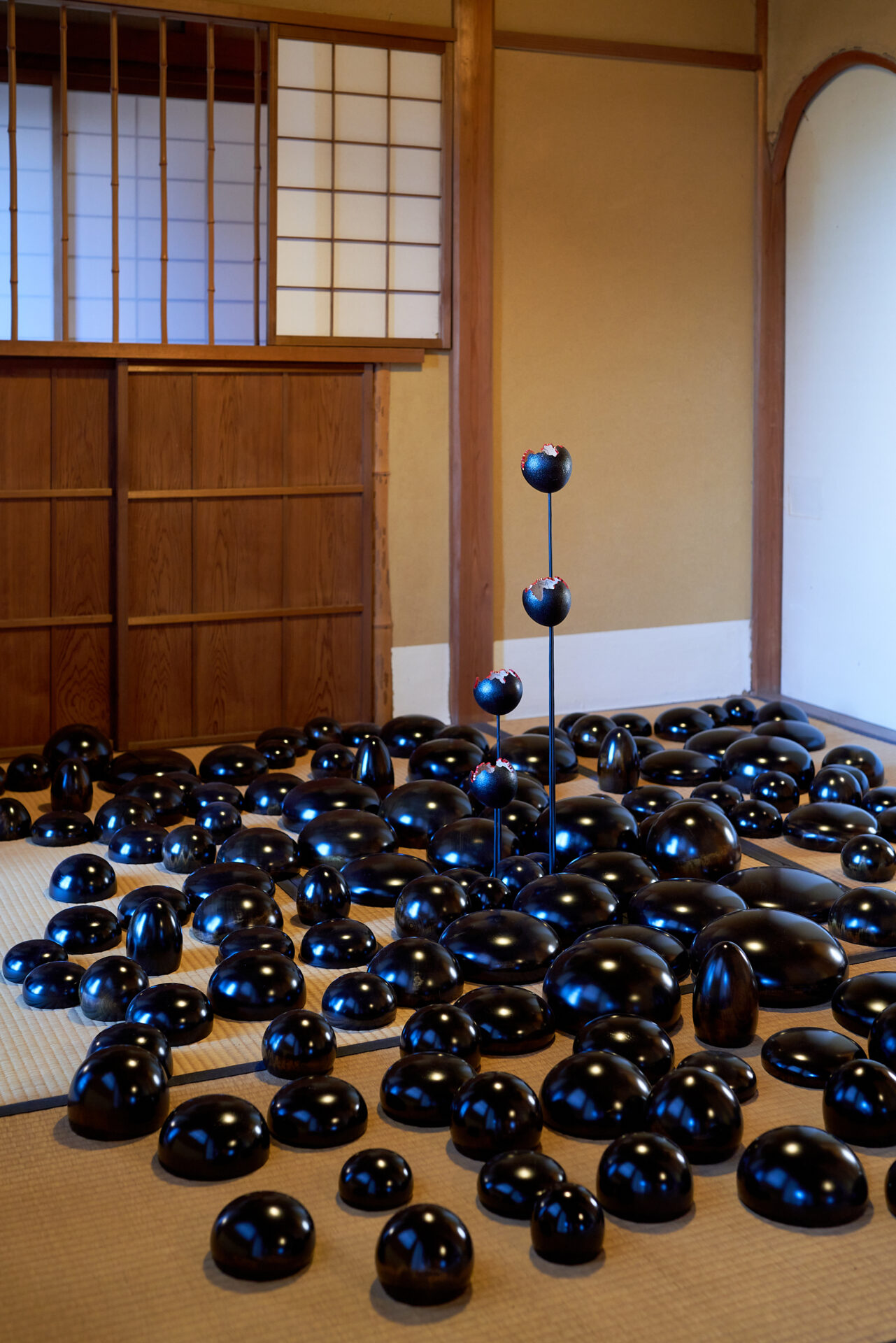
Each one of her pieces has a unique curve, giving it a warm organic presence that is more like a living creature than an object. So where does the inspiration to create these beautiful pieces come from?
Creating tangible art
Tanaka was born and raised in Aichi Prefecture and became interested in the arts during high school. Because both of her parents were teachers, she was often exposed to history and art from a young age, and in university she decided to pursue a career in the arts and crafts.
“There were a lot of options, such as ceramics, metalwork, and glasswork, but I chose lacquerware because I enjoyed being able to touch the material with my own hands throughout the whole process and creating shapes according to my liking. I was also attracted to the traditional Japanese colors such as red, black, and gold can be expressed with lacquer.”

After graduating from university, Tanaka entered a training center for Yamanaka lacquerware in Kaga where she seeked to further hone her skills. There are many regions that produce lacquerware in Japan, but Tanaka had a special reason to choose Yamanaka.
“In lacquerware, the woodwork and lacquer work is often divided. When I was in university, I often found that the woodwork I ordered did not come back in the way I wanted, so I decided that I want to be involved in the whole process from creating the shape to painting. For this reason, I decided to come to Yamanaka where they teach a high level of woodworking techniques.”


Tanaka had a strong drive to create her desired “shape”. After studying at Ishikawa Prefectural Institute for Yamanaka Lacquerware for two years, she began her apprenticeship with Torao Nakashima, a wood and bamboo artist.
Turning ephemeral senses into shapes
Through her apprenticeship, Tanaka learned to realise the shapes she envisioned.
“The processes that would take Mr. Nakashima a couple steps to finish, took me ten steps. Even the sounds we would make were different. What was the difference between his methods and mine? During my apprenticeship, I searched for these differences and tried to get closer to his craftsmanship.”
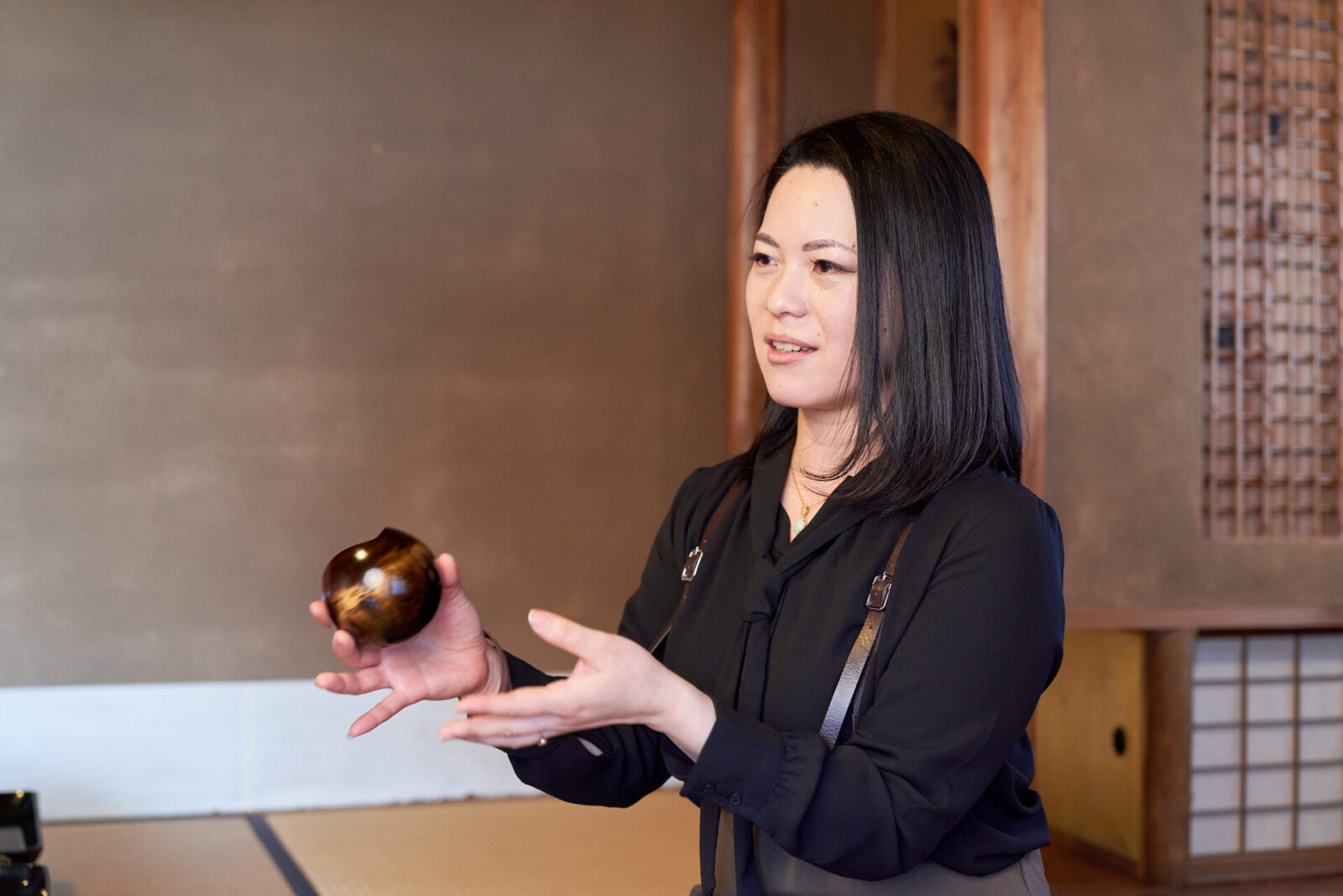
When cutting wood, one tends to focus on the blade, but Tanaka says it is important to sense the body and the blade becoming one.
“Not only does working with just your fingertips result in unnecessary movement, but it causes the blade to get shaky due to the stability of the body being neglected,.”
When controlling the wood lathe, the blade is held firmly in place while the movement of the entire body is used to carve the wood. Since each craftsman’s body has different physical habits, each woodworker must shape their blade themselves.
Tanaka spent 5 years observing her teacher’s movements. Eventually, the processes that took 10 steps could be done in 7, then 5, and her precision gradually improved. She could sense the angle of the blade without looking at it and adjust it with minimal movement using her body. By embedding the techniques into her body, she was able to create her desired curves more naturally.
After 5 years of immersing herself in her training, Tanaka became independent in 2012.

“Let me give you a small demonstration.”
Tanaka tied her hair back as she sat in front of the wood lathe, and her expression instantly changed into one of a craftsman.
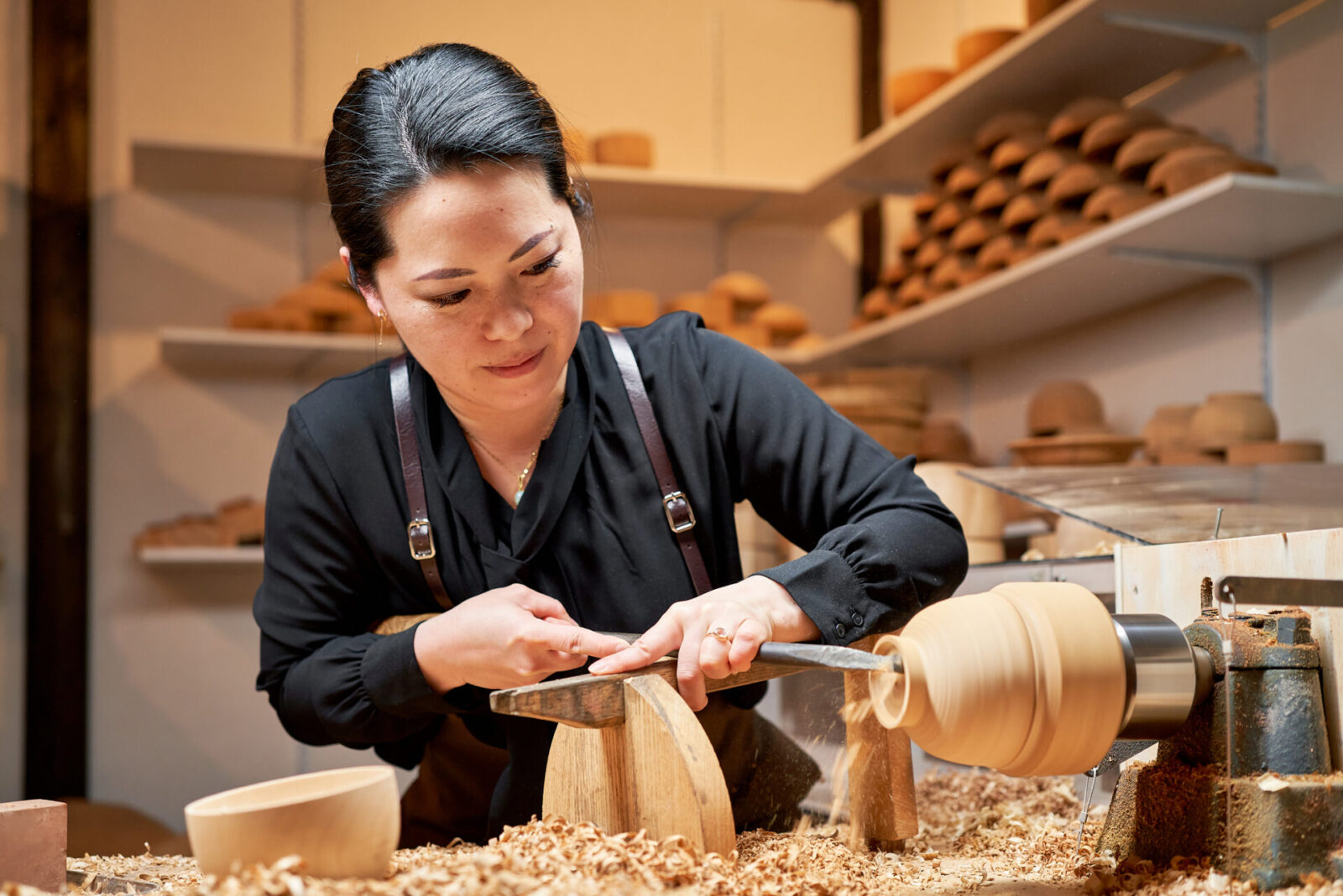
As she placed her blade on the spinning wood, the scent of the carved wood filled the room and the block of wood began to take on a new shape.
Even an amatuer can see that the skill needed to use the whole body to control the edge of the blade in 0.1mm increments is only possible through masterful intuition and concentration.
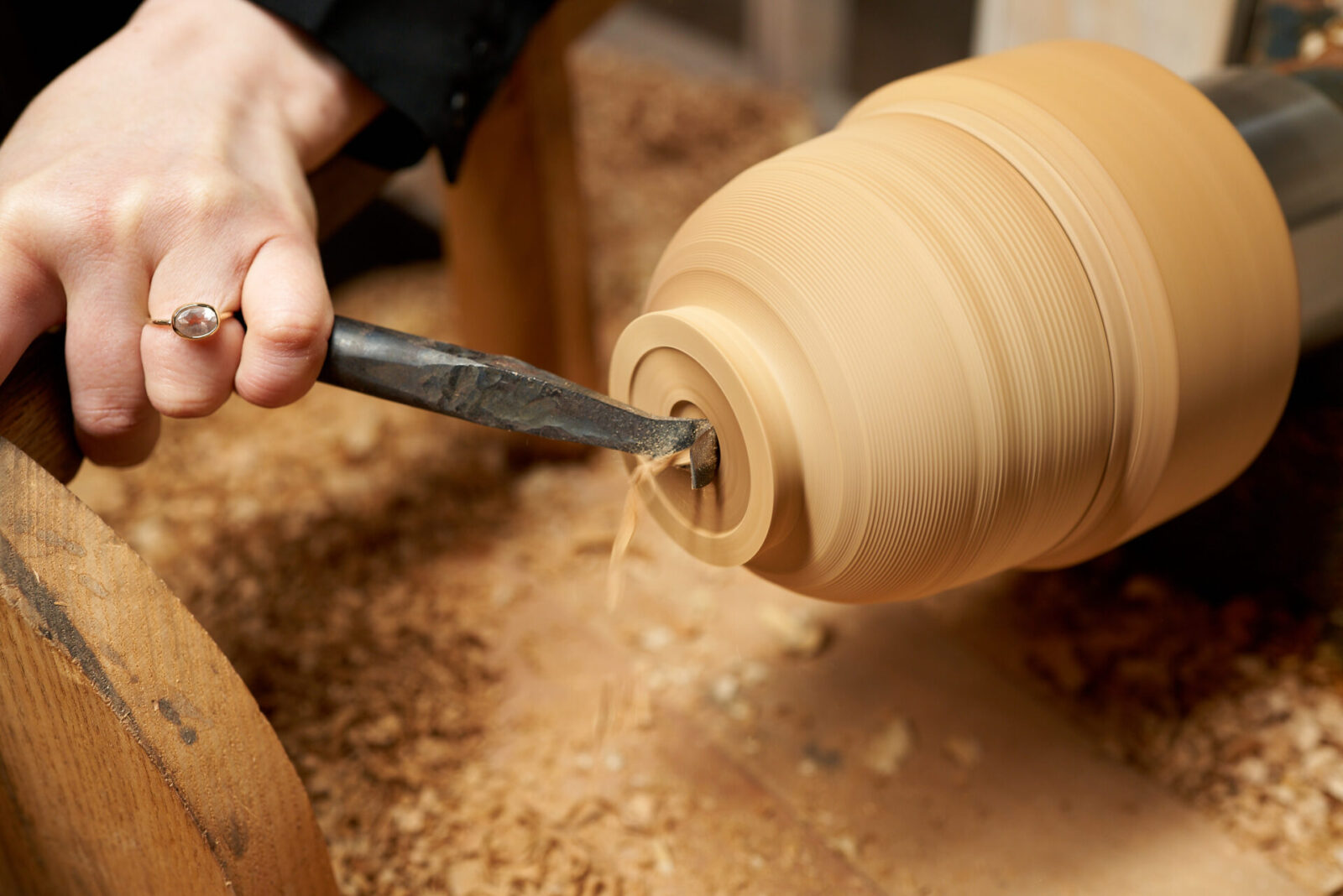
What does Tanaka think about when she is carving wood?
“The process of carving wood goes by very quickly, and it allows me to keep the moment that I find the most beautiful in a physical shape. The wood lathe is something that allows ephemeral senses to take form.”
Building “thoughts” with lacquer
The process of carving one’s thoughts into wood passes in a short moment. On the other hand, lacquer work takes several months to make a piece come to life.
Lacquer generally goes through a process of priming, middle coating, and top coating to cover up the wood grain, or a technique called “fuki urushi,” or “wiping lacquer,” in which raw lacquer is applied to the wood and then wiped off with a cloth.
Tanaka’s pieces use the “fuki urushi” technique but instead of using cloth, she uses paper. This way, only a minimal amount of the lacquer is wiped off and it allows for just the right amount of wood grain to show. By repeating this process of applying and polishing the lacquer, the surface of the wood becomes smooth and even.
“For the wooden base, we use a material called “moku,” which has unique undulating rings and grain patterns. The hardness of the wood varies depending on the location of the grain, and the amount of lacquer that soaks into the wood also varies. Only a small amount of lacquer goes into the hard parts, so when it is sharpened, the lacquer disappears and the original color of the wood comes out in white.”
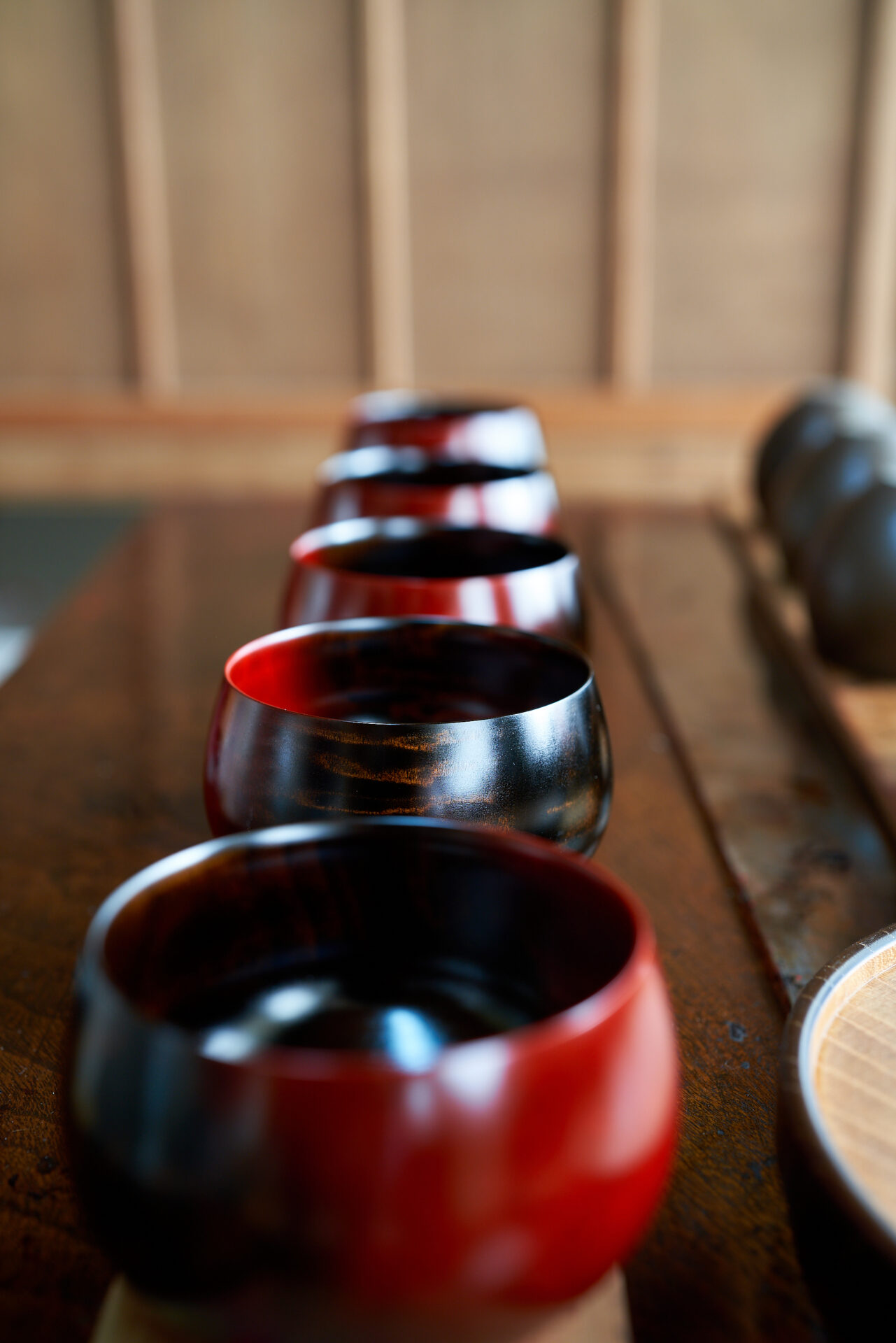
Rather than applying a lot at once, raw lacquer is applied numerous times in layers. This makes the white tochi tree, Japanese horse chestnut, slowly turn into a golden color. Then the red and black lacquered areas shine even more.
This process is repeated over 20 times and each process is done by hand.
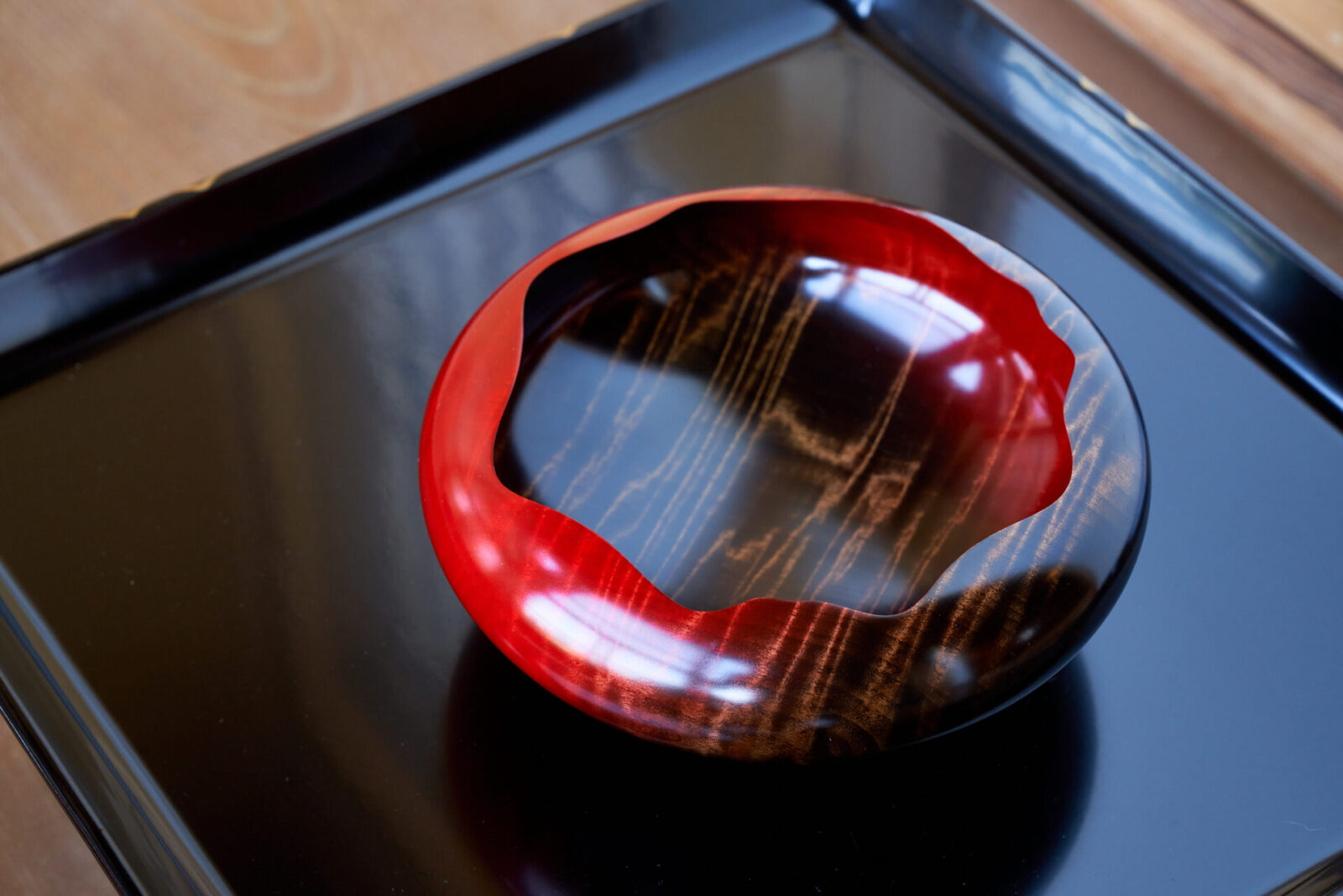
“I spend 2 to 3 months repeating these steps on a piece. Because I spend a long time on it, I begin to see the characteristics of the wood material and then the color and name of the piece starts to come to mind.”
The deep gradient of colors that resemble tree rings and depth of its gloss are a result of long and careful thought. Tanaka’s pieces embody a world born in time passing at varying speeds.
Finding “oneself” in New York
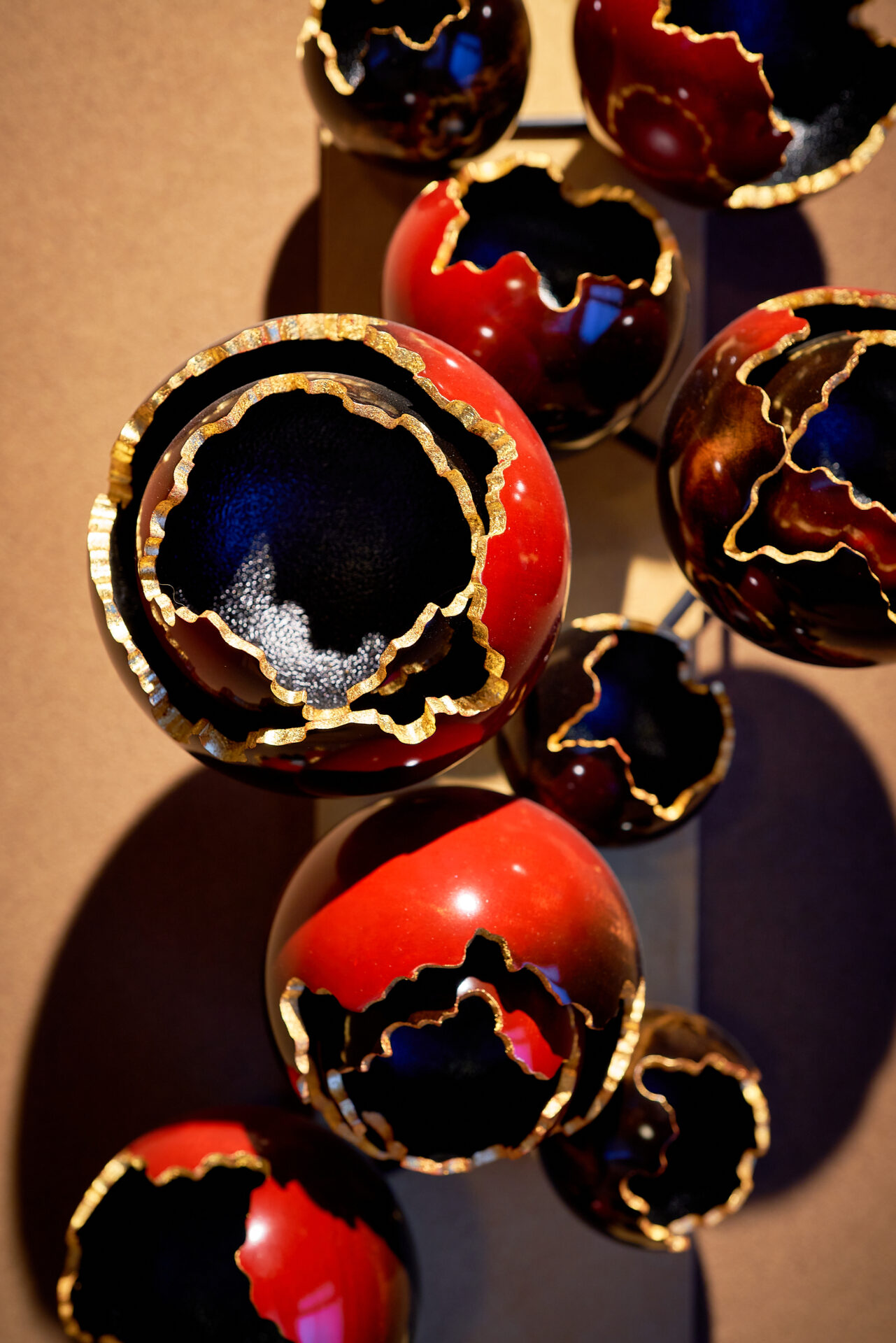
It was during her first exhibition in New York, just before she became independent, that Tanaka began thinking about her personal style. A local person visiting the exhibition asked her, “which piece best demonstrates your style?” She was unable to put her answer into words.
“I was proud of all the pieces I was showing, but none of them felt strong enough to say it represented me.”
“Until then, all my focus was on perfecting the traditional techniques, but when I traveled outside Japan, I felt I was being asked to show what was inside of myself.”
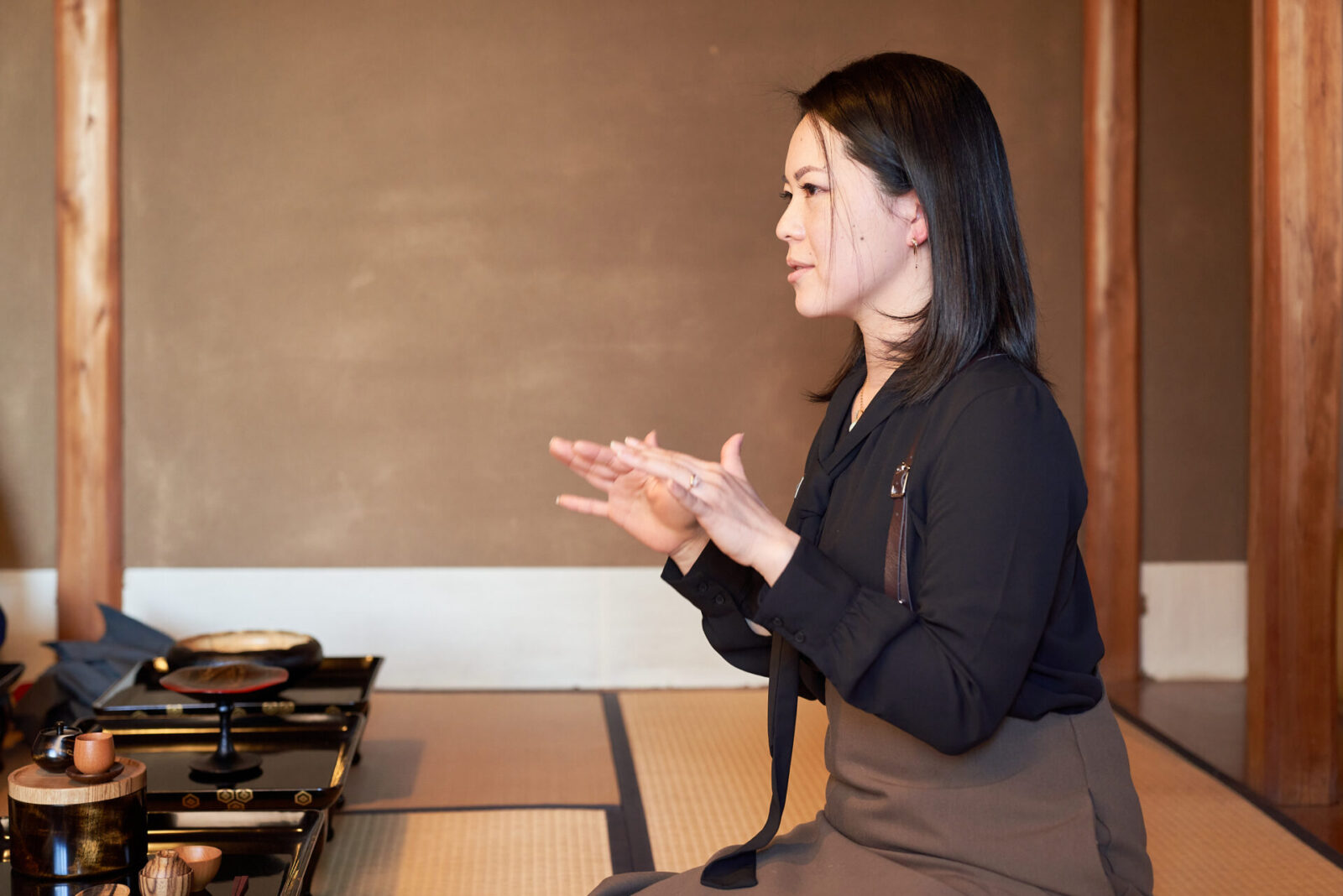
Since then, she became very conscious of what defines her personal expression.
“In the world of traditional Japanese crafts, if you try to express yourself in a new way, you can be treated as the odd one out. But after I stepped out into the world, I found that there are fields where my self expression will be accepted.”
“In the past, I used to study literature on traditional crafts while I created my pieces, but now I get much more inspiration from different genres, such as paintings and nature.”
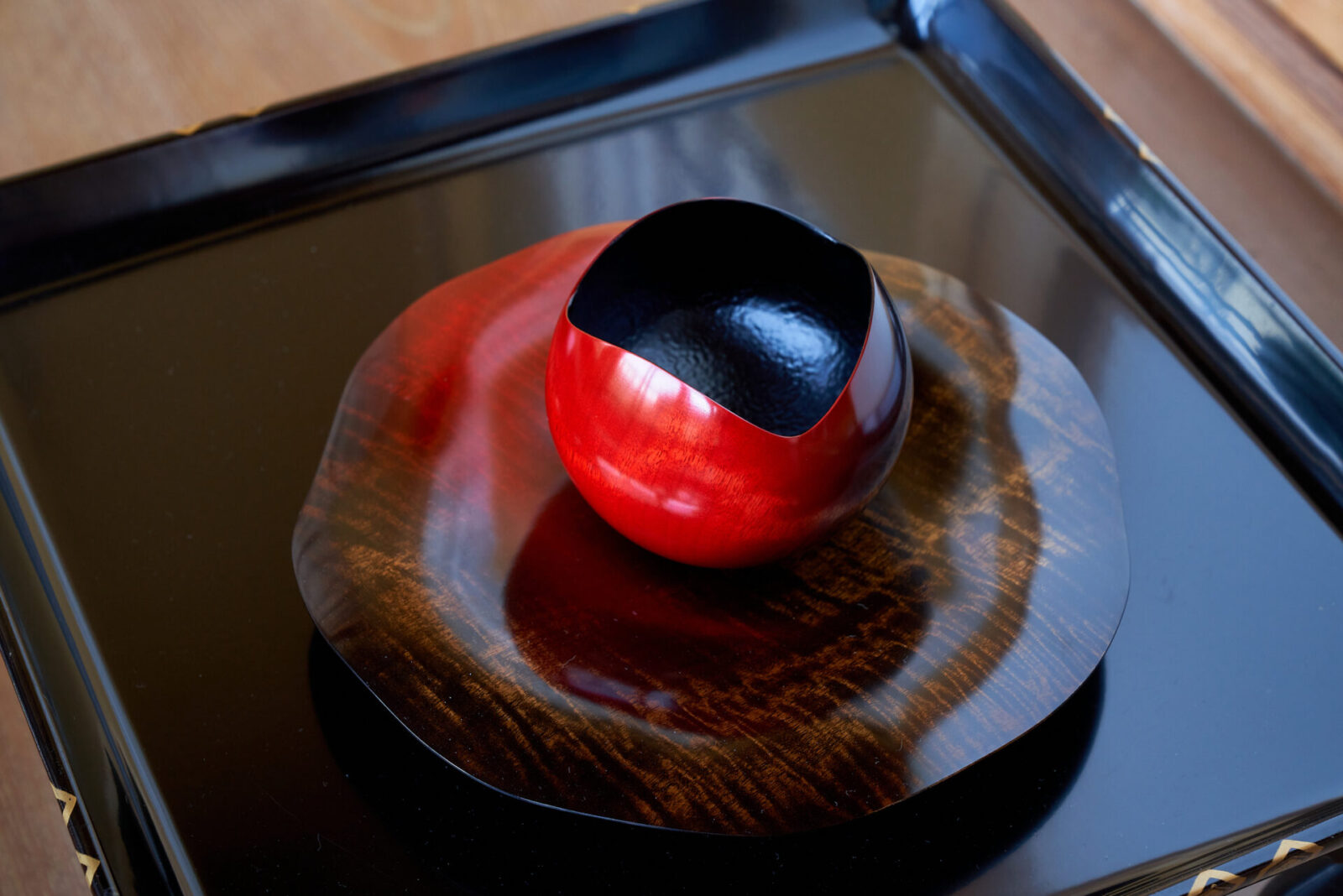
Tanaka makes a point not to define how her pieces should be used. For example, when she first introduced this wavy, curved bowl, a customer gave her an interesting piece of feedback.
“The customer told me, ‘I enjoy how the sake tastes differently depending on where I drink it from.’ Apparently, the taste changed according to where they put their mouth on the vessel. I was happy to find that the pieces I poured joy into making were being seen or used in new ways.”

The value of sharing tradition
After the exhibition in New York, Tanaka began to receive requests from countries around the world, including Colombia, Germany, Australia, and Spain, to teach traditional techniques. The experience of teaching lacquer techniques in foreign countries gave her another opportunity to reflect on herself and her work.
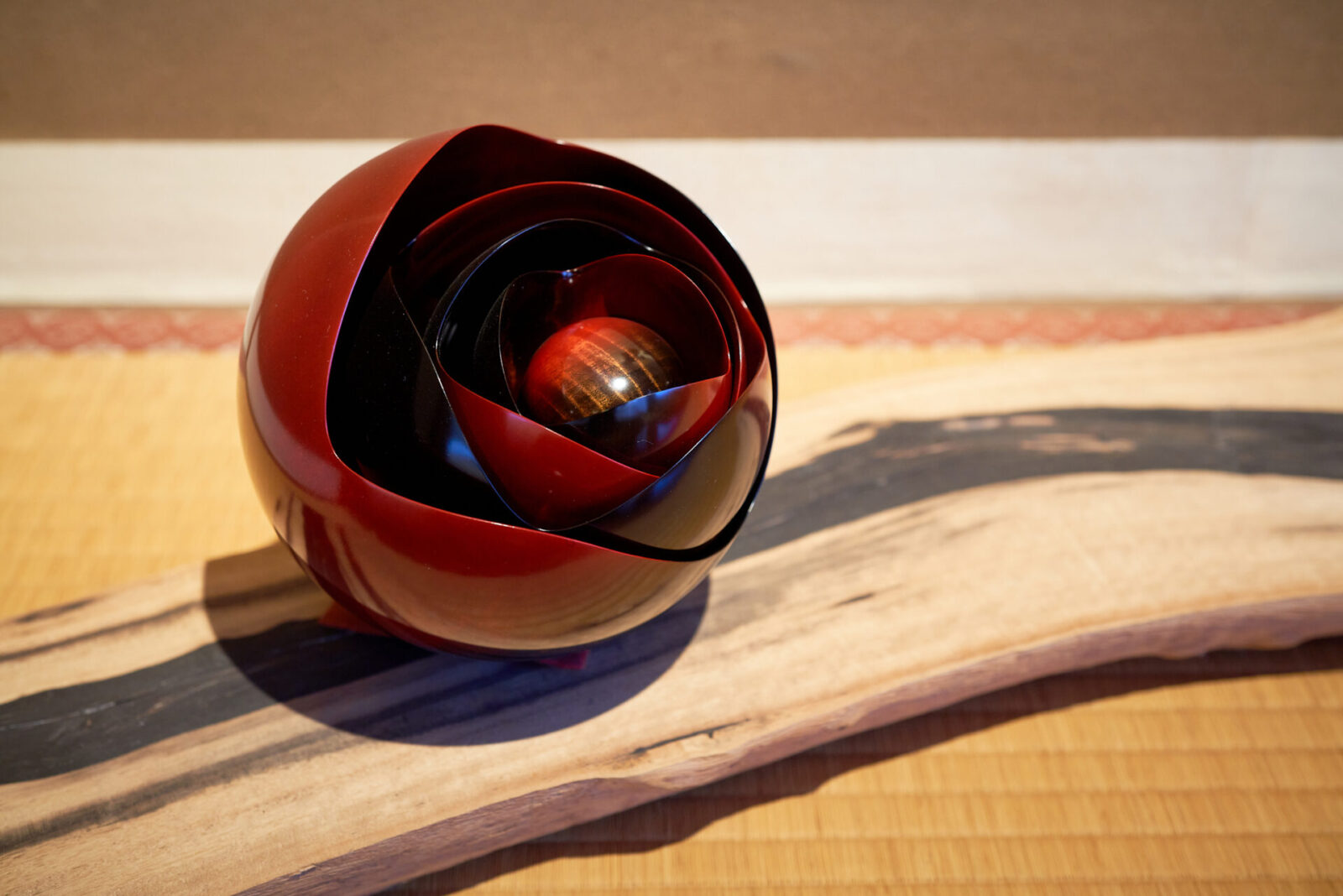
“While each country has their own traditions in craftwork, I became more aware of what is seen as uniquely Japanese, in terms of sensibilities and techniques. In order to express oneself, it is necessary to have perspective from the outside. I think my values have changed through meeting with people from different countries, and the range of work I can create has also expanded.”
Tanaka’s gallery and workshop currently offers lodging to people visiting from abroad where they can learn about Japanese culture and traditional crafts.
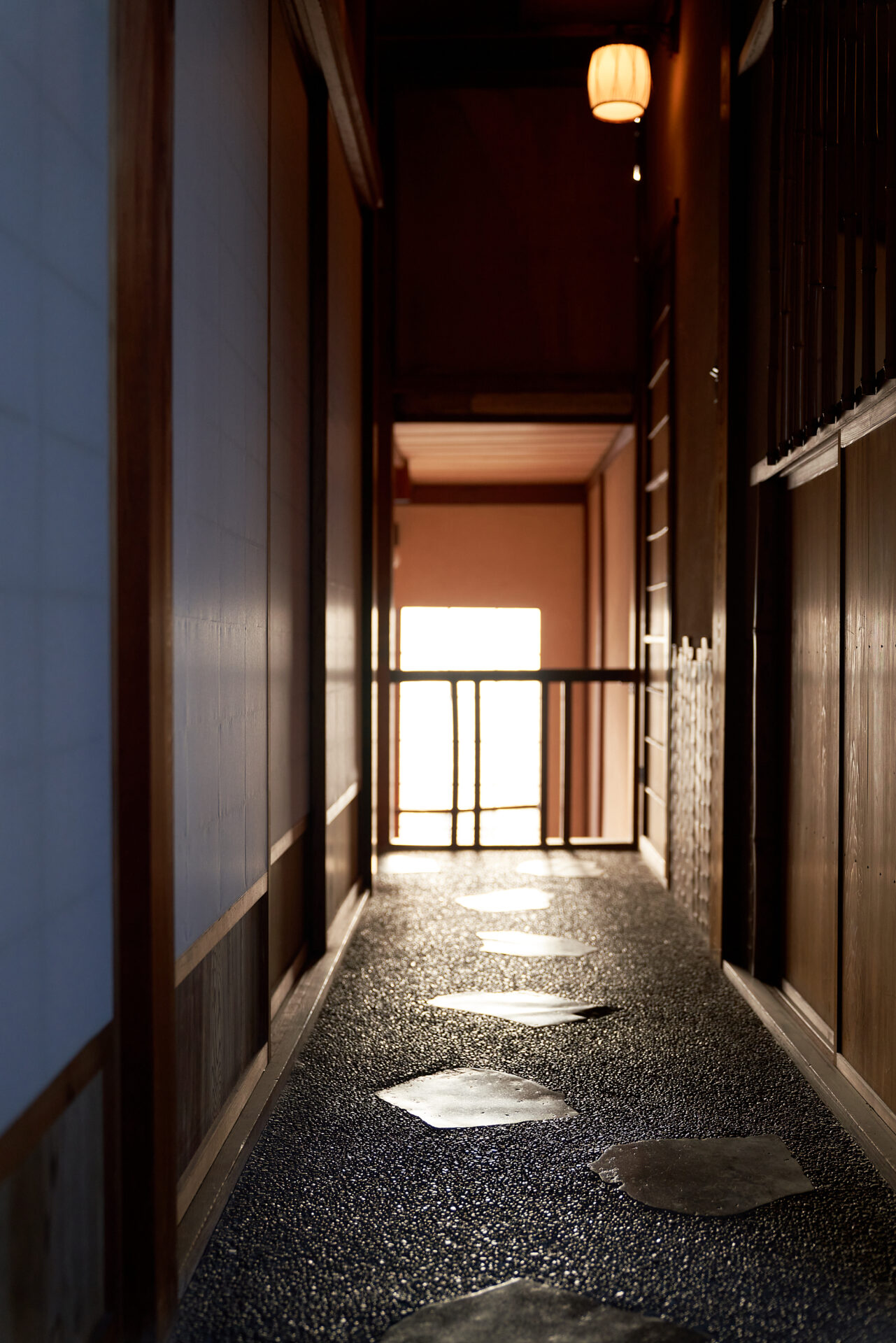
Through traditional techniques, personal expression, and seeing Japan from a global perspective, Takaka creates a fine balance to sharpen her aesthetic senses and continue creating new art.
Her work is created through dialogue with wood. It melts the hearts of its beholders and becomes a part of a person’s daily life. Through her lacquer ware, Tanaka delivers various special “moments”.
While inheriting tradition and leading the way to innovation, she transcends cultural differences to continue creating unique pieces that reflect her unleashed senses.
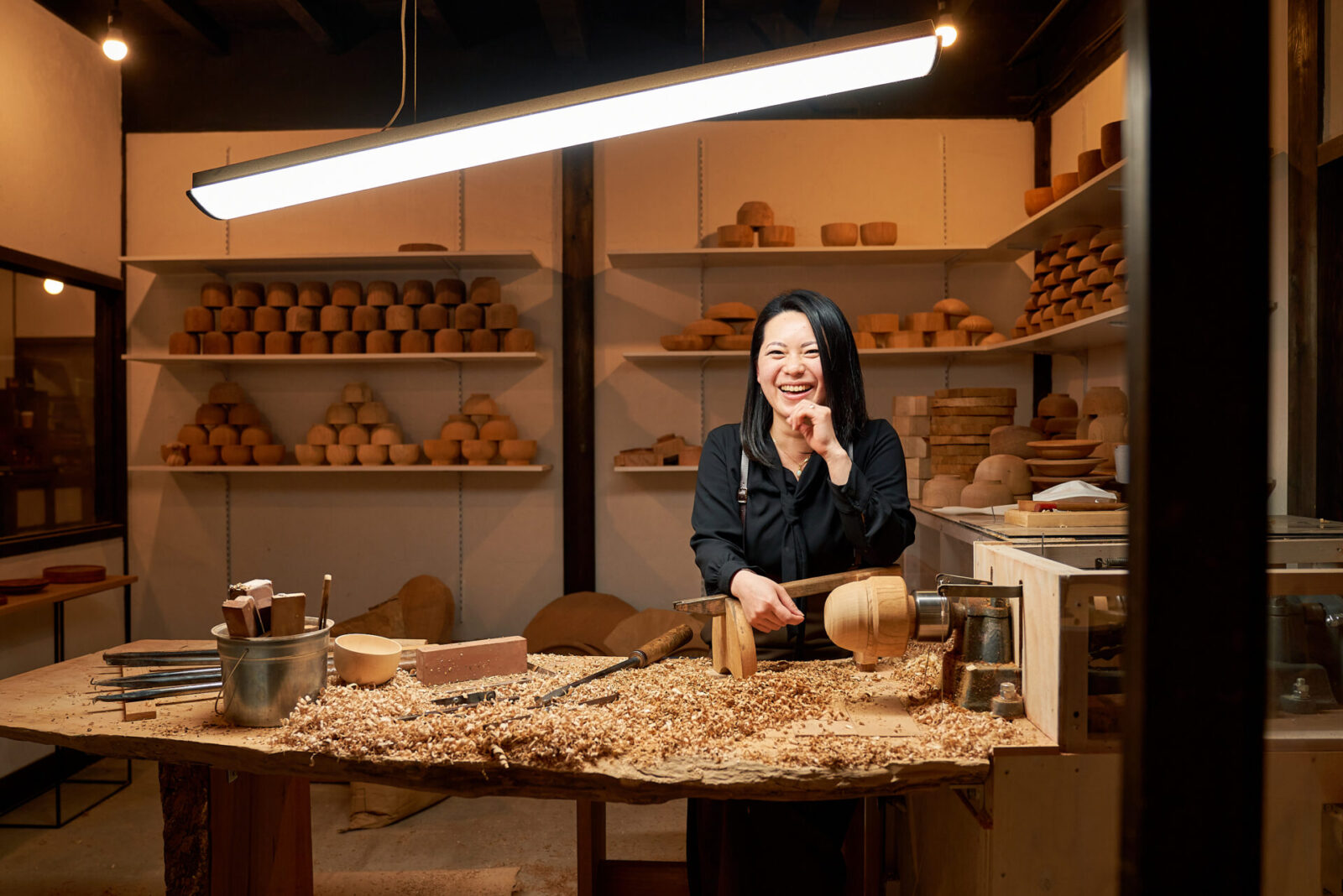
(写真:江藤海彦)
Local writer / editor. Born in Osaka, currently living in Fukuoka. Worked in advertising at Recruit Co. before becoming freelance.
Travels around Japan interviewing and writing about regional communities, crafts, and relocating. Involved in various regional projects and is a voice of the local people and their work. Author of Hanro no Kyoukasho(EXS Inc.)
Editor and creator of the future through words. Former associate editor of Huffington Post Japan. Became independent after working for a publishing company and overseas news media. Assists in communications for corporates and various projects. Born in Gifu, loves cats.
